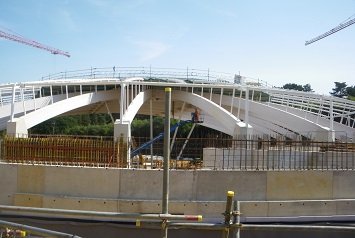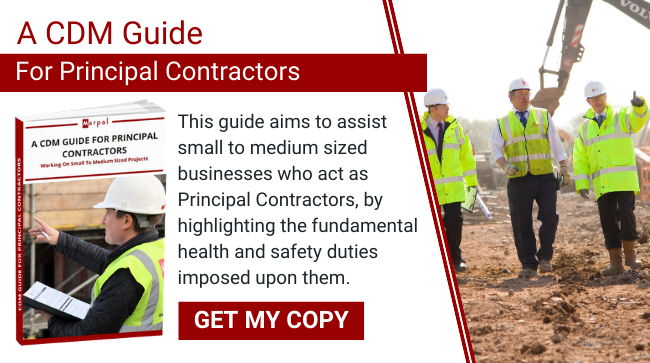
Well, we would all probably agree that the demolition of a block of flats, the construction of a school, the refurbishment of a hotel or an extension to a doctor’s surgery is construction work; that seems pretty obvious.
So how about replacing your bathroom suite, painting and decorating a Care Home lounge, removing asbestos from a boiler room or a loft conversion to your Home. Perhaps less obvious, but these are all examples of construction work, where the full application of the Construction (Design & Management) Regulations 2015 will apply.
It is important to recognise that the CDM Regulations applies to all construction work, regardless of complexity, size, duration and the number of workers or contractor involved. Many believe that the regulations only apply if the project is notifiable to the HSE (Health & Safety Executive); this is categorically false! To understand whether you have any statutory obligations, you firstly need to recognise the definition of construction work, so you’ll know whether the regulations apply to your project or not; the definition is quite often misunderstood.
Provided below is the definition extracted from the Approved Code of Practice, Managing Health and Safety in Construction.
“Construction Work” means the carrying out of any building, civil engineering or engineering construction work and includes: –
- the construction, alteration, conversion, fitting out, commissioning, renovation, repair, upkeep, redecoration or other maintenance (including cleaning which involves the use of water or an abrasive at high pressure, or the use of corrosive or toxic substances), de-commissioning, demolition or dismantling of a structure;
- the preparation for an intended structure, including site clearance, exploration, investigation (but not site survey) and excavation (but not pre-construction archaeological investigations), and the clearance or preparation of the site or structure for use or occupation at its conclusion;
- the assembly on site of prefabricated elements to form a structure or the disassembly on site of the prefabricated elements which, immediately before such disassembly, formed a structure;
- the removal of a structure, or of any product or waste resulting from demolition or dismantling of a structure, or from disassembly of prefabricated elements which immediately before such disassembly formed such a structure;
- the installation, commissioning, maintenance, repair or removal of mechanical, electrical, gas, compressed air, hydraulic, telecommunications, computer or similar services which are normally fixed within or to a structure,
So next time you hear someone say “CDM doesn’t apply to this project”, politely remind them that it most probably does.
If you require any further guidance or information, please contact Paul Littlewood on 01332 668877 or email [email protected].


